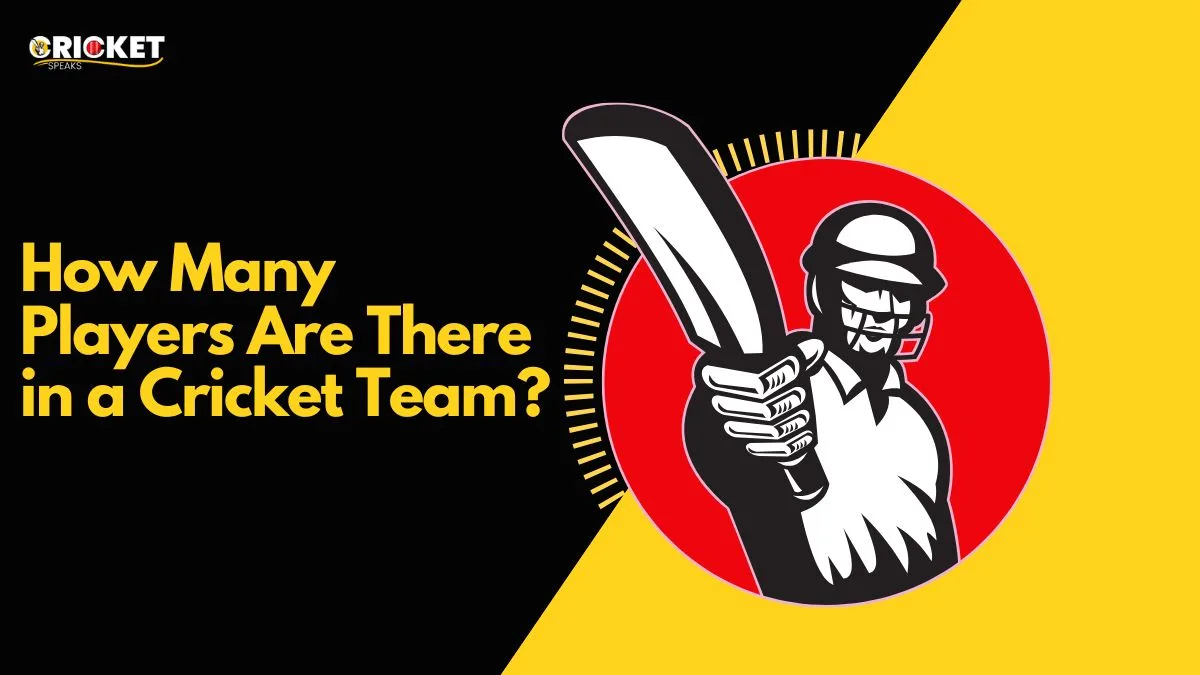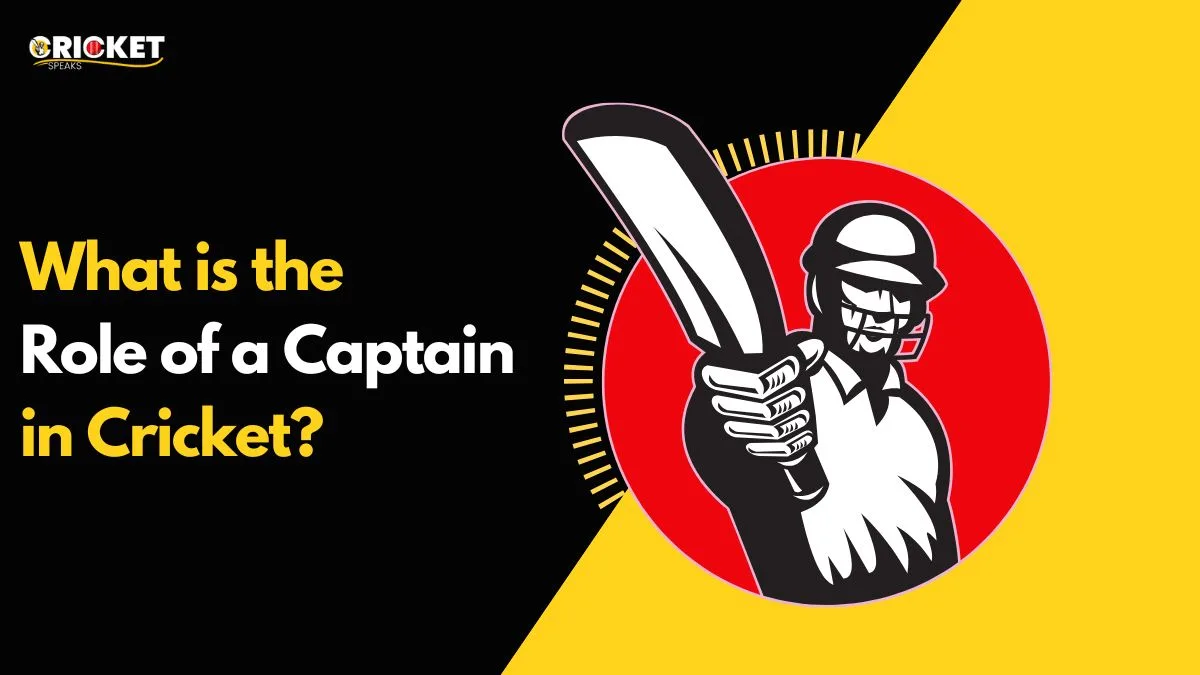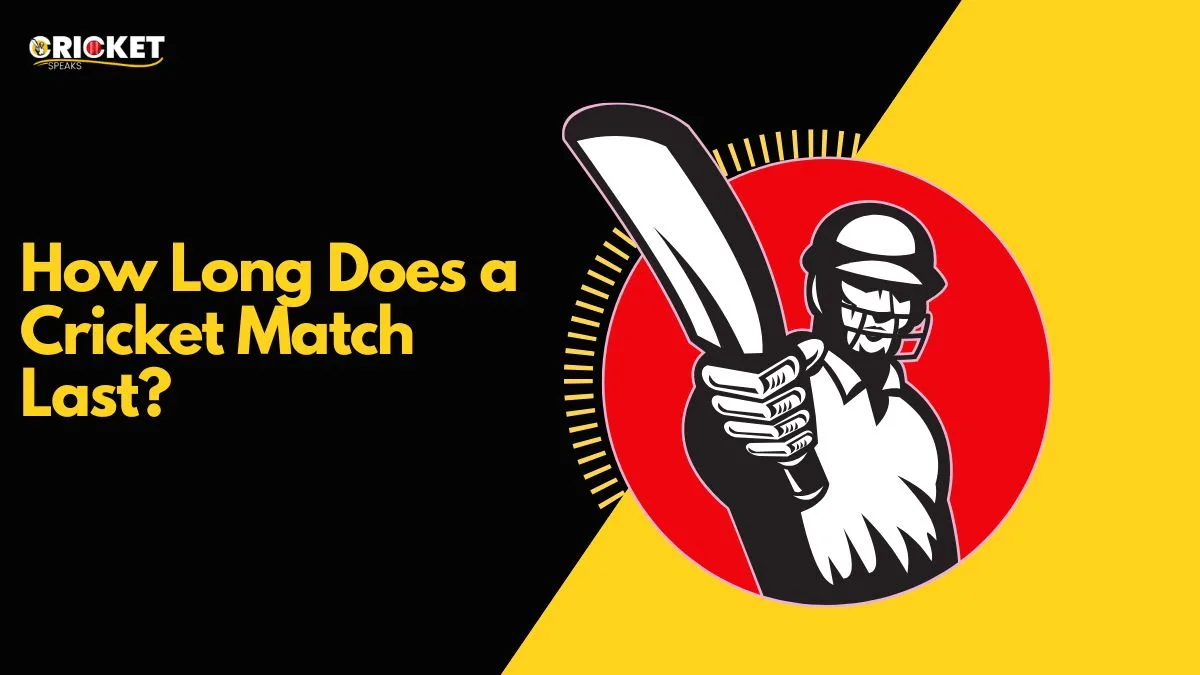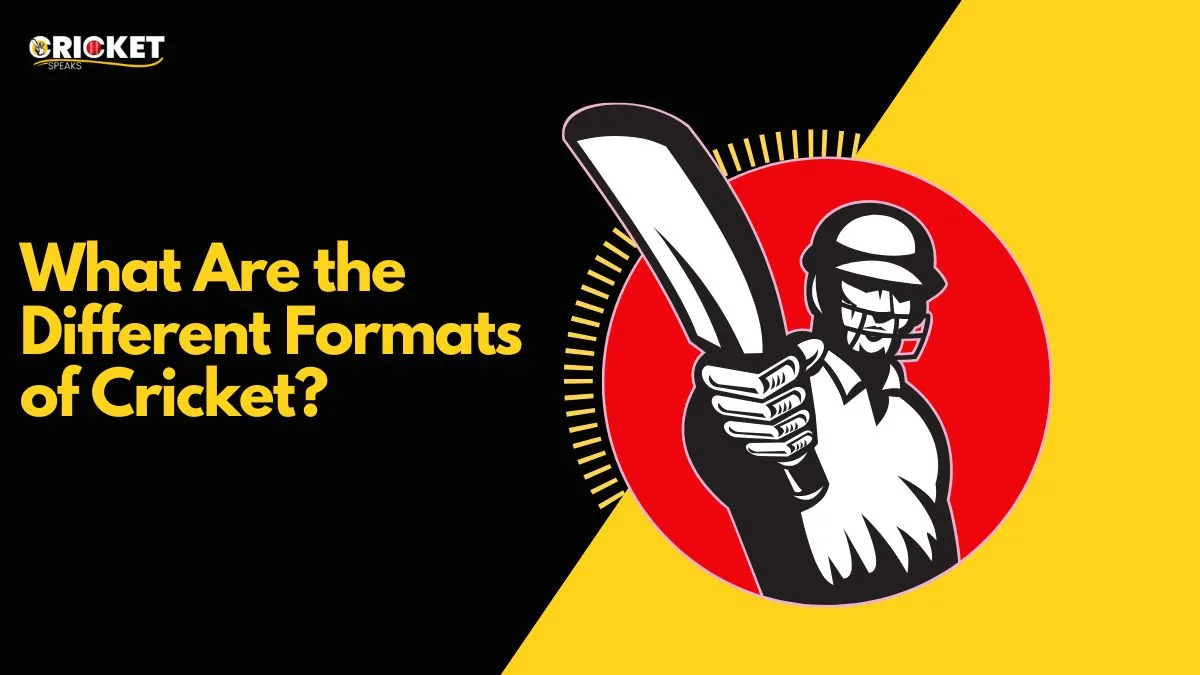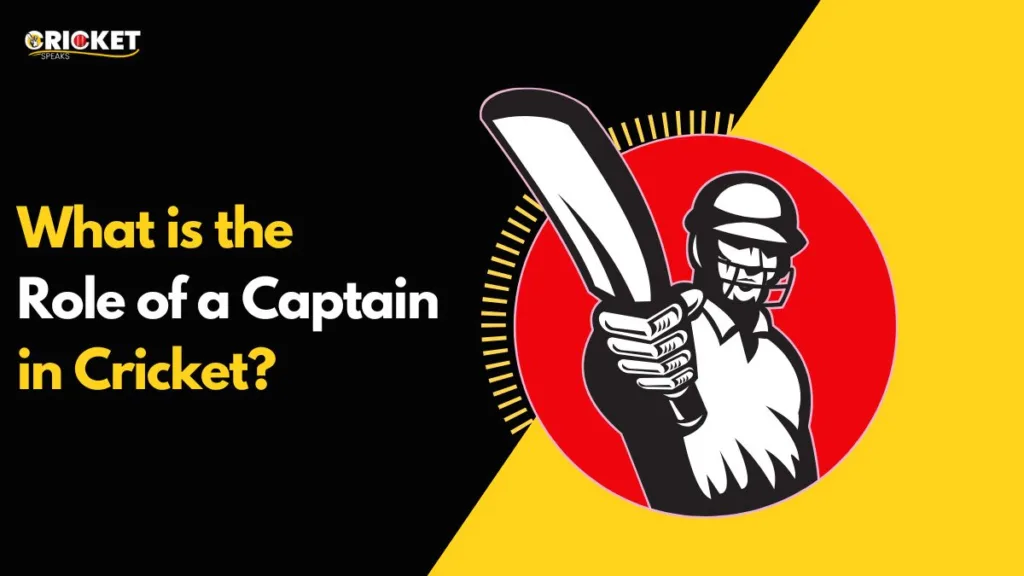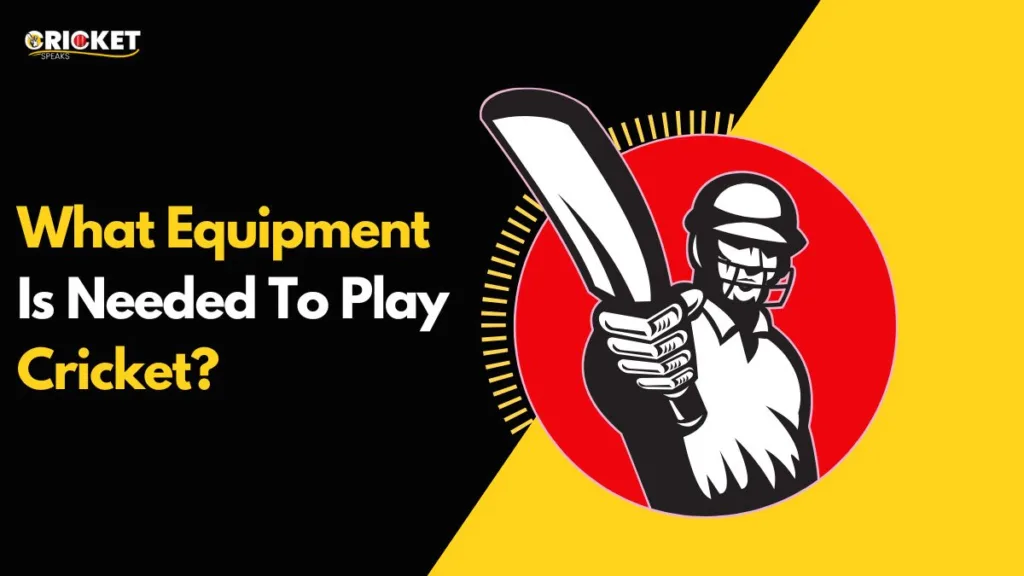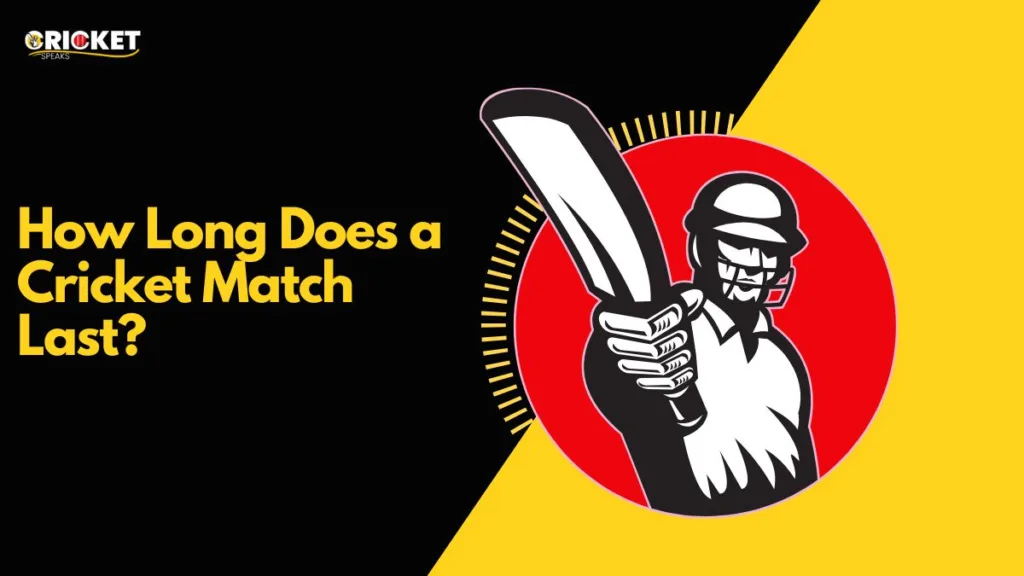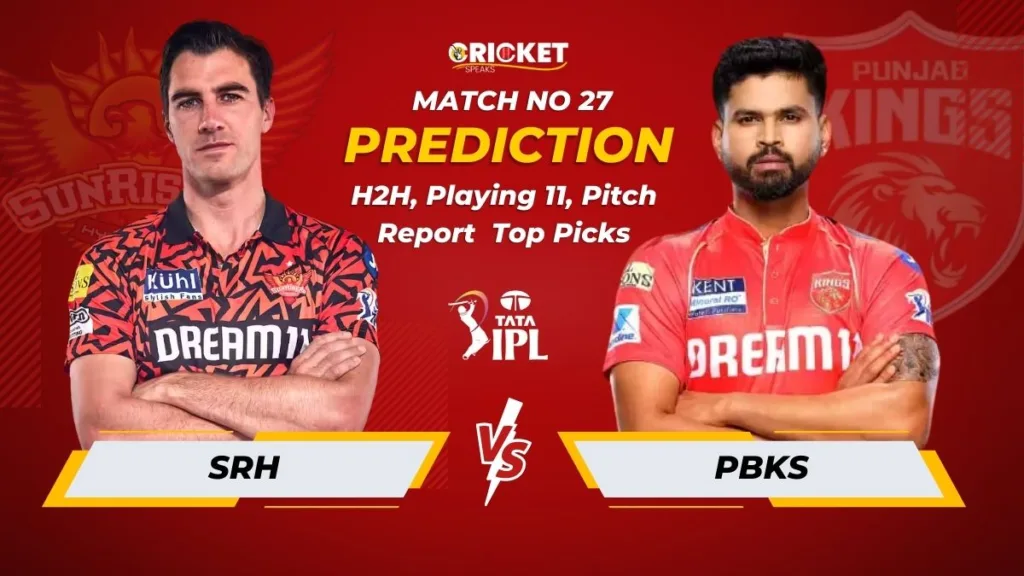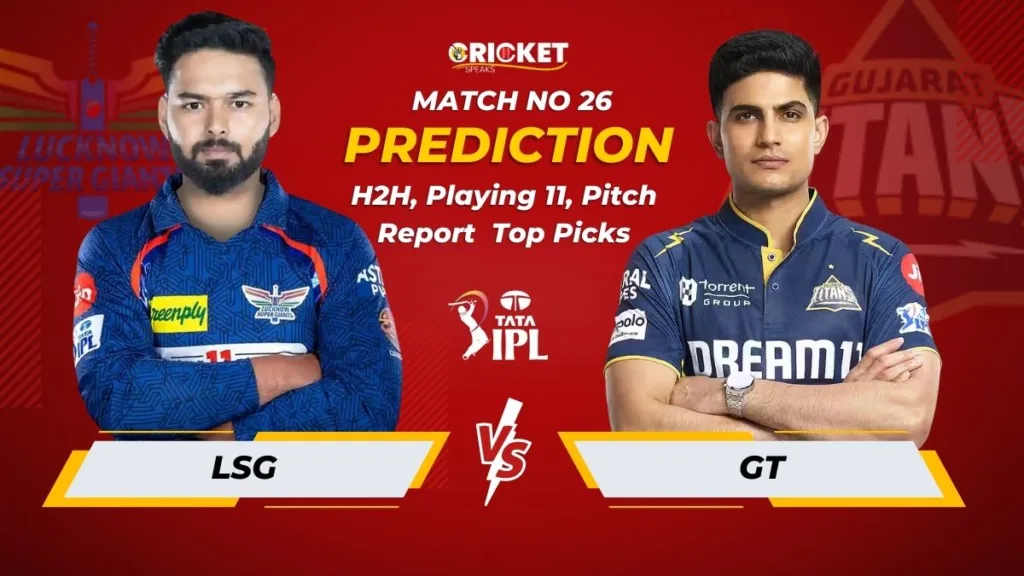Cricket is more than just a bat-and-ball game. It’s a strategy-packed sport, and if you’ve ever found yourself wondering “how many players are there in a cricket team?”, you’re not alone. This guide breaks down every aspect of cricket team composition—from the number of players to their roles, selection, and game-day strategies. Let’s dive in!
Basic Structure of a Cricket Team
So, here’s the short answer: A cricket team has 11 players on the field at any given time. These are known as the “playing XI”. Regardless of whether it’s Test, ODI, or T20 cricket, this number remains constant.
Roles Within a Cricket Team
Each of those 11 players has a specific role to play. These roles generally fall into four main categories:
- Batsmen
- Bowlers
- All-rounders
- Wicketkeeper
A well-balanced team includes a mix of these roles to handle different aspects of the game.
Breakdown of Player Roles
Batsmen
These are your run-makers. A team usually includes 4 to 6 specialist batsmen, including openers, middle-order, and finishers.
Bowlers
Typically, teams include 4 to 5 bowlers. These can be:
- Fast Bowlers – rely on speed and bounce
- Spinners – use flight and turn to deceive batters
All-Rounders
All-rounders are the glue. They contribute both with the bat and ball, offering balance and depth to the team.
Wicketkeeper
A unique role, the keeper stands behind the stumps. They need quick reflexes and solid hands—and nowadays, they often double up as strong batsmen too.
On-Field and Off-Field Players
While 11 players take the field, teams usually have additional players as substitutes.
The 12th Man
The 12th man is a fielding substitute, allowed only to replace an injured player on the field. They can’t bat, bowl, or keep wickets.
Use of Substitutes
Modern cricket rules have evolved to allow:
- Fielding substitutes
- Concussion substitutes – can fully replace an injured player, including batting and bowling
These rules help teams maintain competitiveness even with mid-match injuries.
Team Composition in Different Formats
The basic player count remains 11, but how those roles are filled varies depending on the format:
Test Matches
- More specialist batsmen
- 4-5 bowlers
- Greater emphasis on endurance and technique
ODIs (One Day Internationals)
- Balanced mix of batsmen and bowlers
- 1 or 2 all-rounders
- Wicketkeeper-batsman is a norm
T20 Matches
- Aggressive batsmen
- 1-2 specialist bowlers supported by all-rounders
- Powerplay tactics play a big role
Strategic Differences Across Formats
T20 requires explosive starts, so teams often go heavy on power hitters and death-over bowlers. In contrast, Tests demand patience and a strong bowling attack that can work through five days.
How Teams Are Selected
Selection isn’t random—there’s a proper system in place.
Selection Committee
Each cricket board has a panel that picks players based on form, fitness, and performance.
Domestic vs International Form
Players’ performance in domestic leagues and past international games heavily influence their selection.
Squad Size in Tournaments
Though only 11 players take the field, tournament squads are larger, often including 15–18 players.
- Why? To manage injuries, rotations, and strategic changes.
- Example: In the ICC World Cup, squads usually include 15 players.
Impact of Injuries and Replacements
Injuries are common. Teams are allowed to bring in replacements in certain conditions, such as:
- Long-term injury replacements
- COVID-19 or concussion substitutes
These changes are subject to approval by match referees or tournament authorities.
Team Dynamics and Balance
A well-balanced team includes:
- 5–6 batsmen
- 4–5 bowlers
- 1–2 all-rounders
- 1 wicketkeeper
This gives batting depth and bowling variety—two critical components for success.
Evolution of Team Composition
Gone are the days when teams relied solely on specialists. Modern teams look for:
- Batting all-rounders
- Bowlers who can bat (think “tailenders” who can hit)
- Wicketkeepers who can anchor innings
Famous Examples of Balanced Teams
Some legendary teams made history with their balance:
- Australia (2003–2007) – A perfect mix of experience, youth, and aggression
- India (2011) – Strong batting lineup, explosive finishers, and wicket-taking bowlers
- West Indies (1970s–80s) – Fierce fast bowlers and power-packed batsmen
Conclusion
So, how many players are there in a cricket team? Always 11 on the field, but the real depth comes from the squad, strategy, and roles assigned. Cricket is like a game of chess—each player is a piece with a purpose. Understanding team composition gives you deeper insight into the beautiful complexity of this game.
FAQs
1. Can a cricket team play with less than 11 players?
Yes, but it’s rare. A team can start a match short-handed due to injury or other issues, but it’s usually not ideal.
2. What is the role of the 12th man in cricket?
The 12th man can substitute for a fielder but is not allowed to bat, bowl, or keep wickets.
3. Can a team have more than one wicketkeeper?
Yes, but only one can keep wickets at a time. The second is often there as a backup or may play as a regular batsman.
4. Are all-rounders necessary in a team?
Absolutely! They offer balance and flexibility—vital for adapting to match situations.
5. Do all players in a cricket team bat and bowl?
Not necessarily. Some players are specialists and may only bat or bowl. All-rounders, however, do both.
